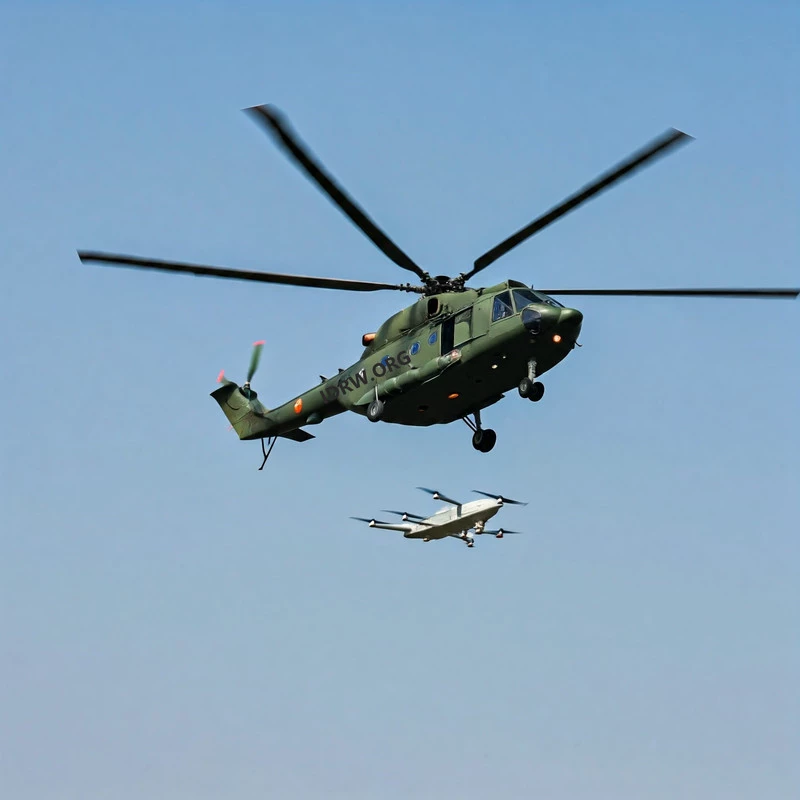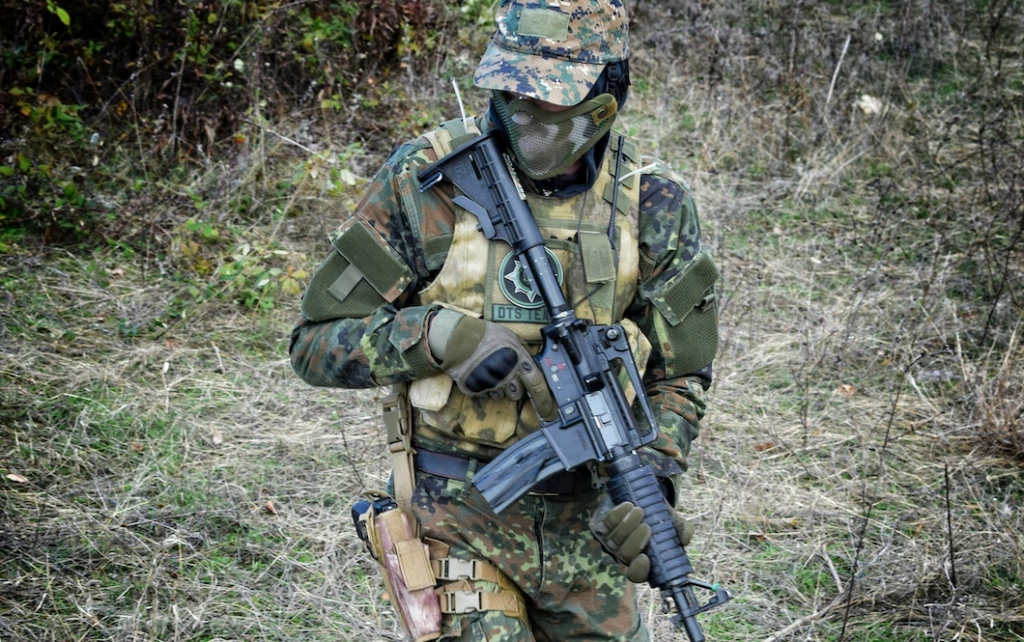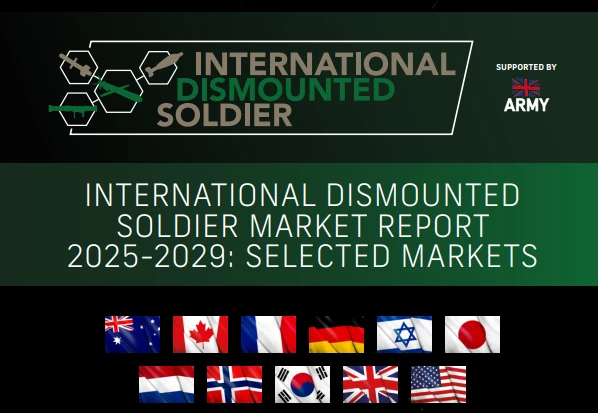Quick Fire Q&A with Lt Col Casanova - The Future of Tactical Robots in Defence
Add bookmark
The defence sector is increasingly seeing tactical robots as an essential part of modern defence operations. Tactical robots have the unmatched ability to carry heavy loads, enhance mission success and keep soldiers safe whilst performing frontline duties.
Ahead of Defence iQ’s Uncrewed & Autonomous Systems 2025 conference, I sat down for a quick-fire Q&A with Lieutenant Colonel Pierre Casanova of the French Army.
Using his many years of operational experience, Lt Col Casanova offers his expert perspective on the future role of tactical robots across the battlespace.
1. You’ve served in Lebanon, Mali, and Niger. How have these operational environments shaped your understanding of the challenges involved in deploying and maintaining uncrewed systems in the field?
Uncrewed systems face three major challenges when deployed in operations. Firstly, fighters and commanders have to recognise that such systems add useful capabilities to their missions. Secondly, uncrewed systems have to be reliable. Thirdly, local authorities and the population have to accept their use.
2. In your current role, what are the biggest challenges in maintaining land equipment and tactical robotics across different theatres of operation?
Theatres of operation put weapon systems to the test. Abrasion, extreme temperatures, elongation, and disconnection are all obstacles to overcome. Maintenance, both hardware and software, must therefore be adapted.
3. What role do you see tactical robotics playing in enhancing mission success and soldier safety over the next five to ten years?
Complementary to fast aerial drones and polyvalent fighters, robots carry heavy loads for long periods of time. In the near future, they will bring firepower and take blows on the front line.
4. How important is interoperability between crewed and uncrewed systems - or between allied forces - when using tactical robotics in multinational operations?
Machines are by nature multinational and interoperable. They handle data with few translation issues. Their actual challenge is to communicate efficiently with soldiers.
5. What lessons from recent deployments are now informing how the French Army develops and supports uncrewed ground vehicles?
Uncrewed ground vehicles' clumsiness in a disrupted environment is obvious in recent experiments. For example, mobility sensors is an ongoing issue. Human-machine teaming is paramount to overcoming such difficulties.
6. With the rise of AI and digital infrastructure, how is maintenance planning and diagnostics changing for uncrewed and robotic systems?
The rise of AI and digital infrastructure brings better data management to maintenance planning and diagnostics, especially for uncrewed systems. The latter are indeed producing larger amounts of data. However, their need for connectivity necessitates a hardened and broader technical network.
7. As European and UK defence strategies place more emphasis on uncrewed systems, what opportunities and risks do you see in accelerating their adoption in land forces?
Land forces' efficiency comes primarily from the synergy between all assets. It relies mainly on trained crews. With uncrewed systems, this synergy is mutating. On the one hand, unscrewed systems communicate faster. On the other hand, crewed systems have better individual efficiency and understanding of their role.
8. Looking ahead, in which areas is industry support or collaboration most urgently needed to advance uncrewed land capabilities?
In the coming years, crews and uncrewed systems will have to tame each other. To achieve that, soldiers and engineers should work first on man-machine interface. The former will bring operational skills, the latter will provide technical opportunities.

























